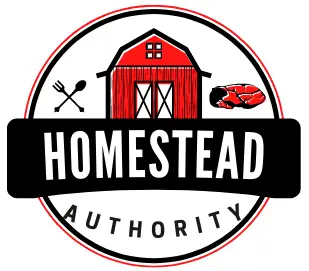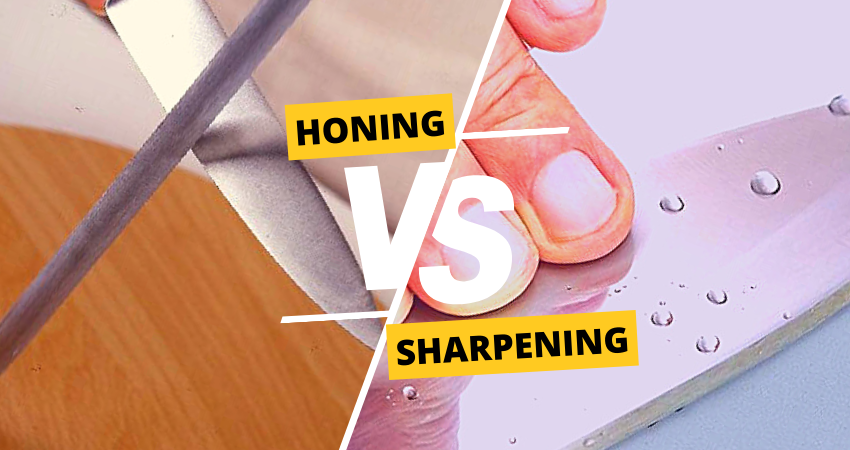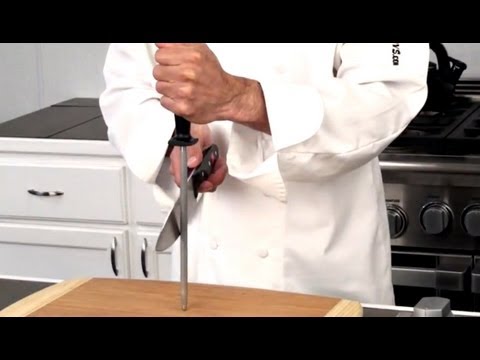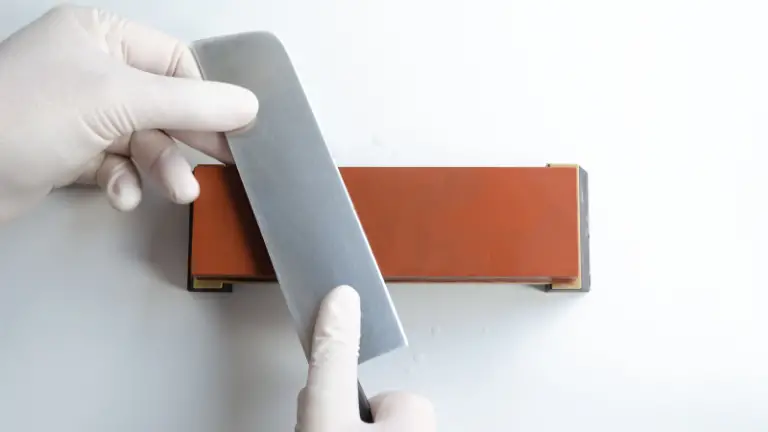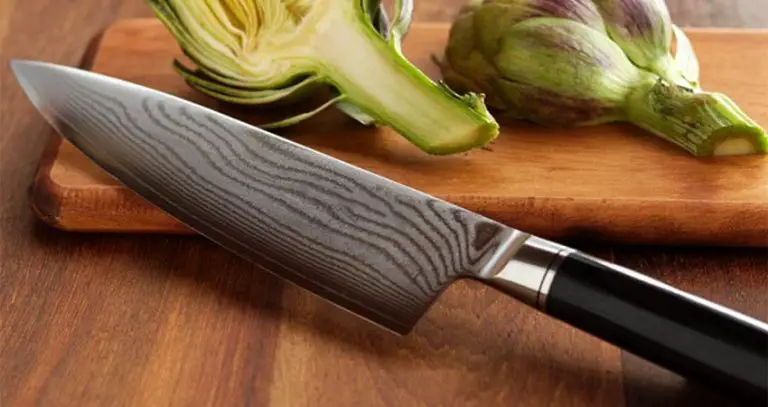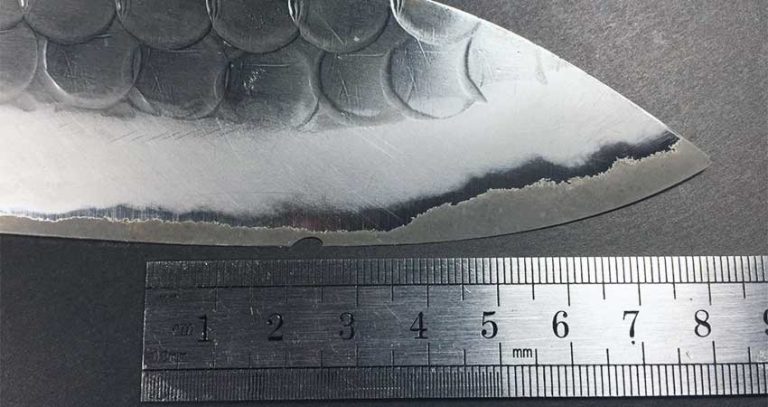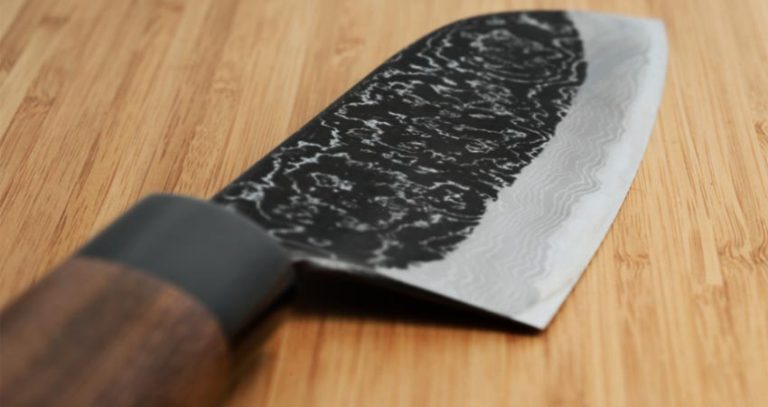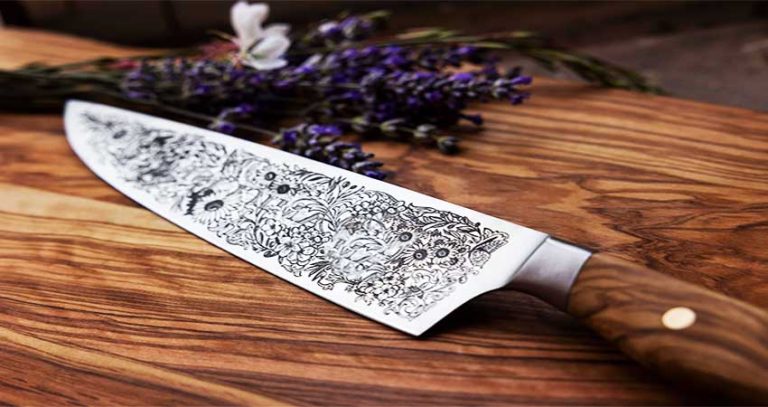Sharpening vs Honing: Which One Is Better for Kitchen Knives?
We commonly see popular chefs on different shows run their knives against a long steel rod. The rod is commonly called a sharpening rod or sharpening steel. There is a misconception that it sharpens the knife blade. But let us tell you, this doesn’t sharpen knife blades at all.
Today, we will go over a detailed discussion about sharpening and honing knives. Make sure to keep along to know, sharpening vs honing: which one is better for kitchen knives.
Before we jump into the comparison, let’s have a basic idea of sharpening and honing.
What Is Sharpening?
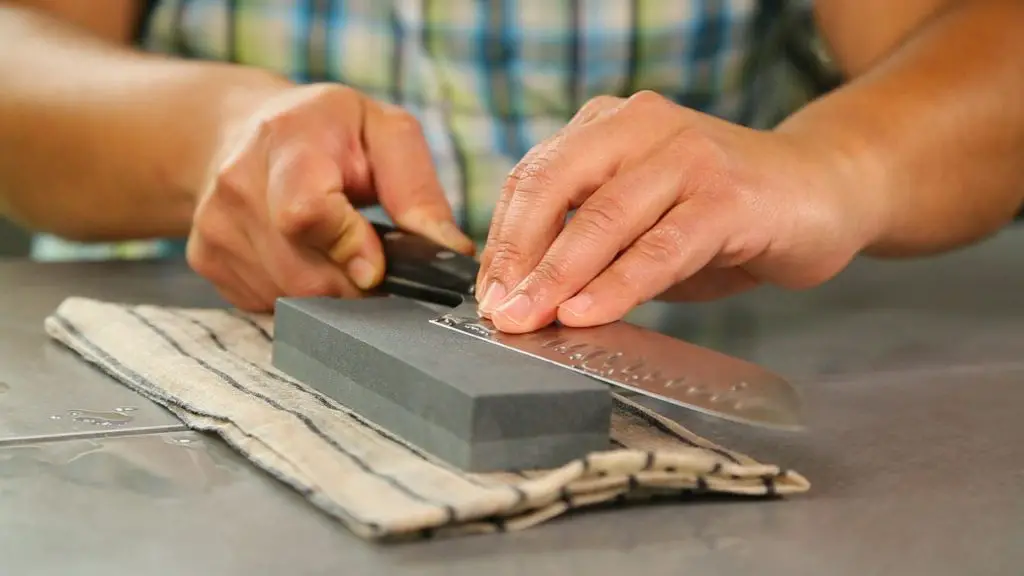
After prolonged use, knife blades can get dull no matter how good the build is. Sometimes, regular maintenance can remove the dullness of the blade.
But when no maintenance can get the blade back to its original condition, it means the knife blade needs to be sharpened.
Sharpening means removing some material from the blade to give it a new edge. The new edge is much thinner and sharper than the previous edge.
Once you sharpen knife blades, they work almost like a new blade. Sharpening is done with manual or electric sharpeners; more on that later.
What Is Honing?
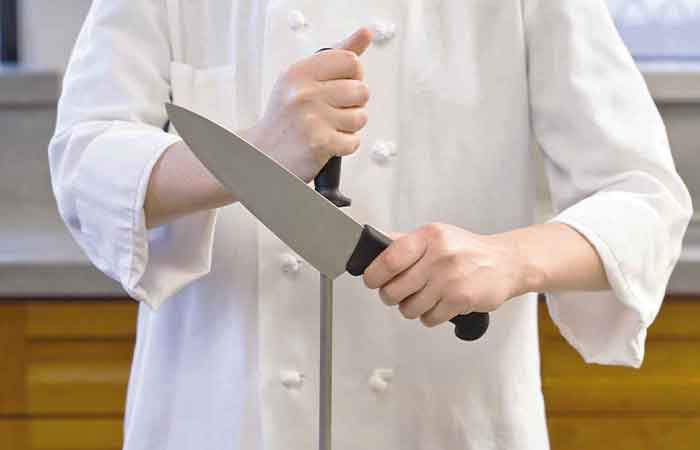
No matter how smooth the cutting edge of your kitchen knife is, it always has microscopic teeth. During every use, these teeth get misaligned, reducing the effectiveness of knife blades.
Honing means realigning those teeth with the help of a long steel rod. When we run the knife blade against a honing rod, it pushes the teeth back to alignment and increases the effectiveness of the cutting edge.
You should hone your knife blades regularly, after every use ideally, to keep them in prime condition. It also reduces the need to sharpen the knife blade frequently.
What Are the Differences Between Sharpening Vs Honing?
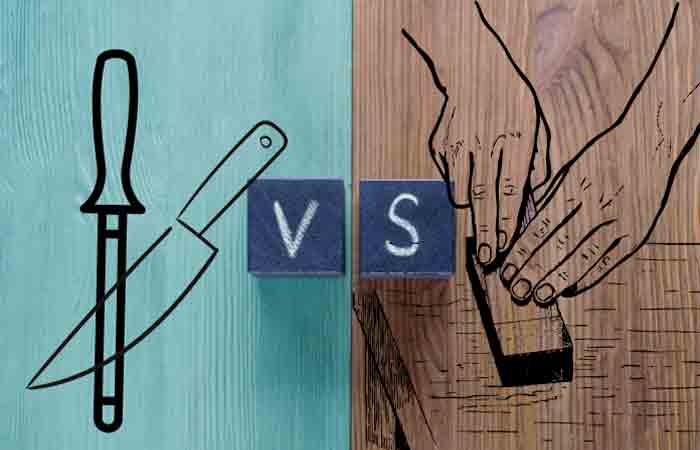
Before we know which one is better for kitchen knives, let’s have a comparative discussion of the differences between these two knife maintenance methods.
Objective
The main objective of sharpening a knife is to remove the dull edges. When no other maintenance methods work, sharpening will make the cutting edge a lot sharper, almost like a new blade.
But honing is regular maintenance which doesn’t necessarily sharpen the cutting edge. It aligns the bent teeth of the knife blade to make the knife more effective.
Frequency
As we have already mentioned, honing is regular maintenance for all kitchen knives. You need to hone the knife after every use so that the teeth get realigned and the knife blade stays sound.
But sharpening isn’t something you do regularly. If you maintain your kitchen knives properly, they will need sharpening only once or twice a year, depending on the material.
Tools Used
A dull knife blade can be sharpened in several ways. The most common and traditional way is to use a sharpening stone. You can run the knife blade against the stone to shave off some of its material. This is known as manual sharpening.
Electric sharpeners are also commonly used nowadays. Using electric sharpeners is much easier and hassle-free, so beginners tend to go for this method.
Honing is done manually with a long, sturdy steel rod called honing steel or honing rod. These rods have a plastic or wooden handle to hold the rod comfortably. You need to push the knife blade against the rod at an angle to hone it.
How to Know If My Knife Is Dull?
Using a dull knife in the kitchen is nothing short of harassment. Cutting ingredients with dull blades takes much longer than using a sharp blade. Another big risk is you need to apply more force to cut with a dull knife. In some cases, the blade can slip off the object you are cutting. It can be dangerous.
If you are regular in the kitchen, you can instantly tell whether your knife blade is dull or not by observing its behavior. A sharp knife will cut through objects cleanly and without applying a ton of force.
But you will feel some resistance if the knife blade is dull. If you aren’t that regular in the kitchen to feel the difference, here are some techniques you can use to determine whether the knife is dull or not.
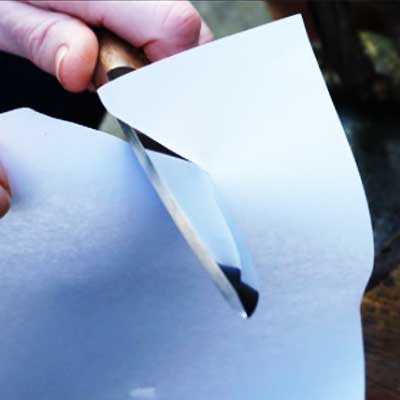
- Take a piece of paper.
- Try to cut the paper with a knife.
- If the knife can cut the paper in a straight line, the knife blade is sharp enough.
- But if the paper gets bruised while cutting, the knife blade needs to be honed or sharpened.
- Cutting a tomato is a good way to determine the sharpness of a knife.
- Take a ripe tomato and try to cut it with a knife.
- If the knife can cleanly cut the tomato, it is sharp.
- But if you need to apply force or the tomato gets smashed, the knife blade is dull.
Sharpening Vs Honing: Which One Is Better for Kitchen Knives?
To be honest, these two methods aren’t alternatives to each other. So, you can’t just choose one over the other. Honing should be done regularly to maintain the sharpness of the knife blade. But, sharpening isn’t something you frequently do.
When the knife blade gets so dull that even honing can’t fix it, sharpening comes into play. Sharpening a knife blade is like a complete overhaul. You need to be careful enough to hone the knife blade regularly and sharpen it only when needed.
Pro Tips for Sharpening and Honing Kitchen Knives
Follow these tips from expert professionals while sharpening or honing your kitchen knives to get excellent results.
- Maintain a steady angle while sharpening or honing your knife blade. A rule of thumb is to hold the knife blade at an angle of not more than 15 degrees against the sharpening stone or honing rod. If you hold the knife at a higher angle, it might damage the blade for good.
- Sharpen or hone your knife blades in smooth, even strokes. Don’t stop amid strokes as it can damage the blade permanently.
- Don’t continue to sharpen or hone only one side of the blade. Go back and forth, altering sides so that both the edges get sharpened or honed evenly.
- Over-honing or over-sharpening can damage the knife blade. If you overdo the process, the knife blade can bend on one side. So, be careful to sharpen or hone as much as required.
- Tools used in sharpening and honing are of different types. Pick a tool that you are comfortable with. It is better to use less aggressive tools so that you have better control over the process.
Conclusion
Once again, to recap, sharpening and honing a knife blade serve two different purposes. But both of them are important alike regardless of their differences. Honing is like the first aid to a kitchen knife that heals minor injuries of the blade.
Sharpening the blade is a serious treatment that you follow when no other ways are left. So, sharpening vs honing: which one is better for kitchen knives?
The straight answer is you need to hone kitchen knives after every use. And they will occasionally need sharpening when the knife blades get too dull to cut efficiently.
